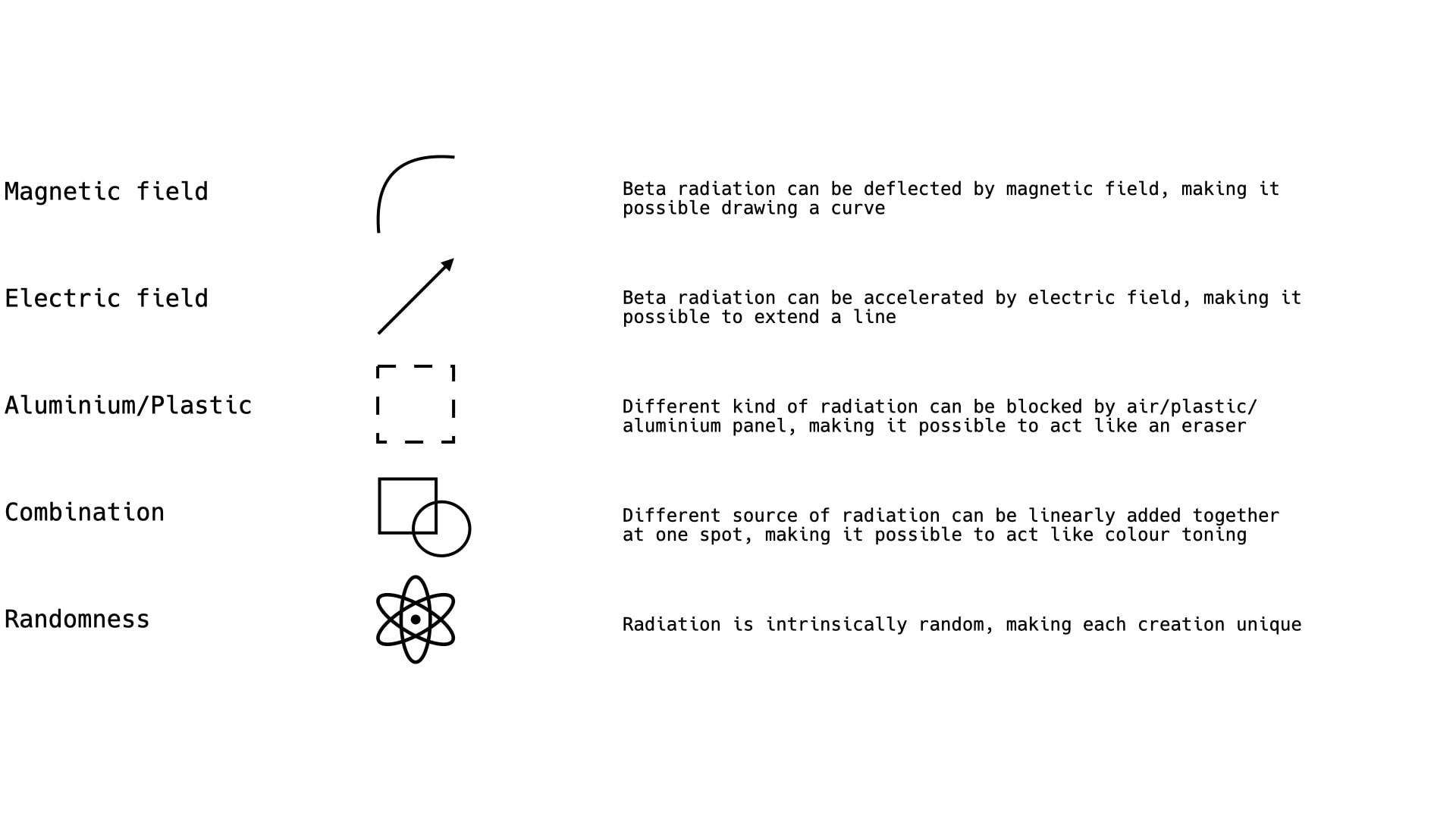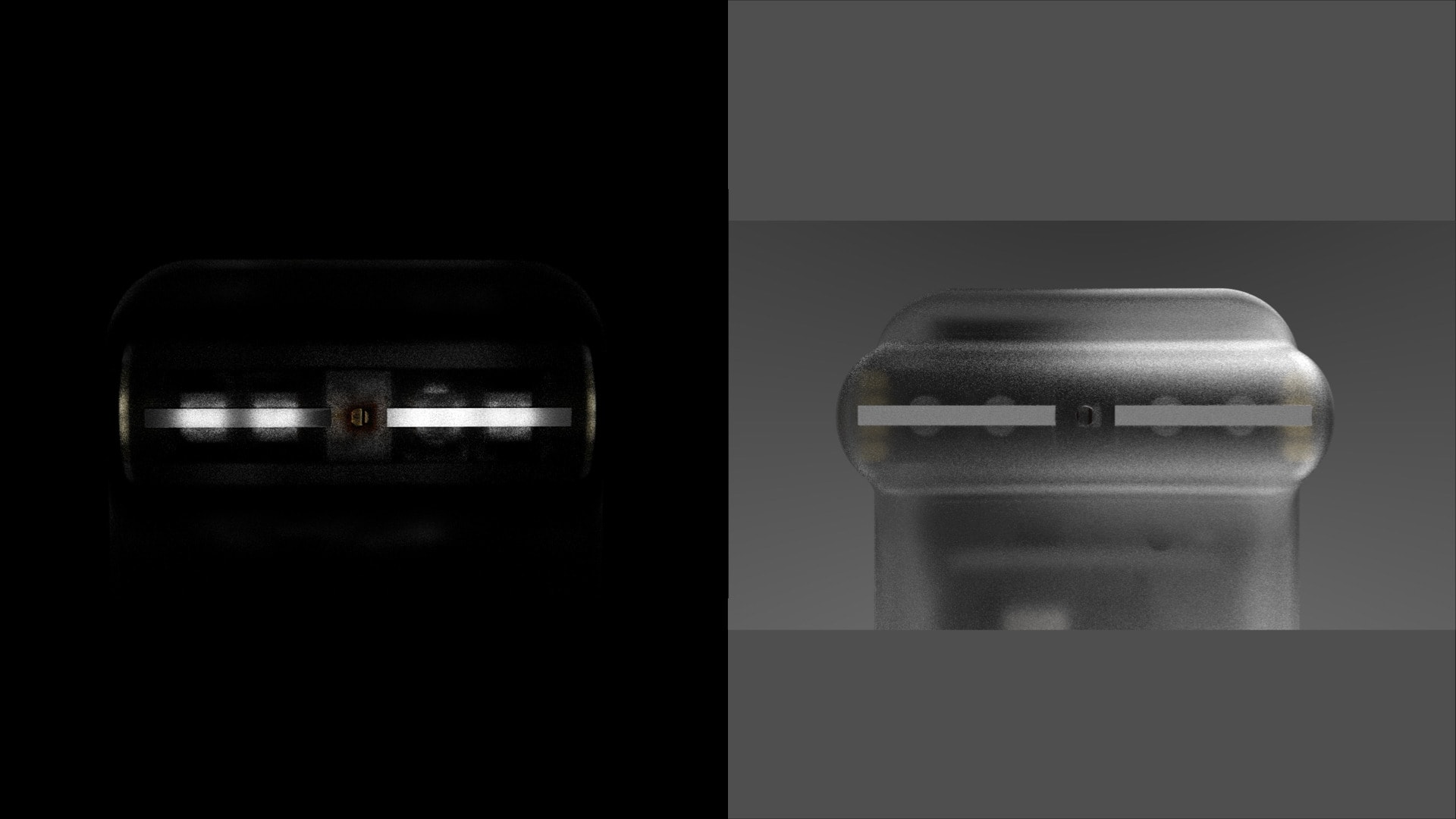Ao Lei is a creative technologist and digital artist with expertise in interactive installation, generative design, and computer graphics.
Ao finished his bachelor degree in Nuclear Engineering at TsingHua University in China, where he led a student experiment team in quantum optics.
Coming from a mixed background, Ao is passionate about bridging the boundary between art and physics. He aims to provide a new way of perceiving the world from a physics-based perspective.














